ABOUT ME
I am a Full Professor of Gene and Cell Therapy at the Hebrew University of Jerusalem in Israel. I directed the Gene and Cell Therapy Institute at the Hadassah Hebrew University Hospital for 23 years, which I established in 1998. This entailed the collection of funding for the building of the Institute during the initial stage and recruiting and funding all of the research activities from grant money, collaborations with industry and fundraising. Today, we are 10 research groups, with 70 investigators. In addition to the research groups, I established a GMP-level production facility with four clean rooms engaged in the production of biological materials, including viral vectors, devices, therapeutic cells, e.g., mesenchymal stem cells and human embryonic stem cells, administered to humans in phase I/II studies.

Major achievements in the recent academic career: My achievements are concentrated in the
field of translational medicine and include: 1. Development of hepatitis B and C virus
monoclonal antibodies that progressed into phase II clinical studies, and the development of the
Trimera HBV and HCV mouse models to assess the anti-viral effects of these antibodies. 2.
Understanding the molecular and cellular factors that play a role in the biological axis of liver
inflammation towards regeneration for hepatocellular cancer. 3. Development of novel gene
therapy platforms, e.g., the usage of ultrafast infrared femtosecond laser for dermal, muscle and
retinal naked DNA transfection.
Current research interest relevant to this program: Our group investigated the role of inflammatory factors contributing to liver regeneration upon infection. While investigating these factors along the years, we
learned that the IL6-gp130 pathway is pivotal for the regeneration of liver parenchyma. This
understanding further engaged us in studies aimed at translating the knowledge generated to
determine the role of IL6-gp130 in the regeneration and anti-apoptosis in other tissues. Our
current data show that this pathway is involved in the protection and regeneration of the kidney,
heart, bone marrow stem cells and the salivary gland. In the recent years we have also been
investigating the significance of microRNAs in the regulation of physiological and pathological
human conditions by studying mouse models. These have revealed some astonishing results.
One is the role of miR 122 in controlling lipid metabolism, influencing anemia development and
encountering anti-tumor properties.
Translational research: Translational research: Our researchers at the Institute and I, in particular, are believers in translational investigation. During recent years, I have been involved in a number of programs
and these include: 1. Development of a novel therapy for pancreatic cancer based on siRNA targeting
K-Ras (I established a company around this technology called Silenseed); 2.Development of FIV as a novel lentiviral vector for gene therapy. 3. Identification of new therapeutic targets for liver cancer. 4. Development of novel imaging technologies for the identification of liver pathology, tools that were further used in our program on liver inflammation for regeneration of hepatocellular cancer.
Director of the Hadassah Biologicals Production Site (Good Manufacturing Production, GMP): I
established the Hadassah GMP facility for biologicals in 1997. Since its creation, we have produced
50 different 1 st in man products. These were either our products of the Gene and Cell Therapy Institute,
or from the hospital or collaborations with outside investigators and companies. This year, we reached
an unprecedented achievement: We are the only worldwide academic facility that received a phase 3 license from the Israeli government’s Ministry of Health to produce a therapy. This product, Motixafortide is approved by the FDA and is now on the market for stem cell mobilization. In addition, it is in phase 2-3 development in first-line pancreatic cancer (PDAC) as presented at ASCO 2025 Annual Meeting.